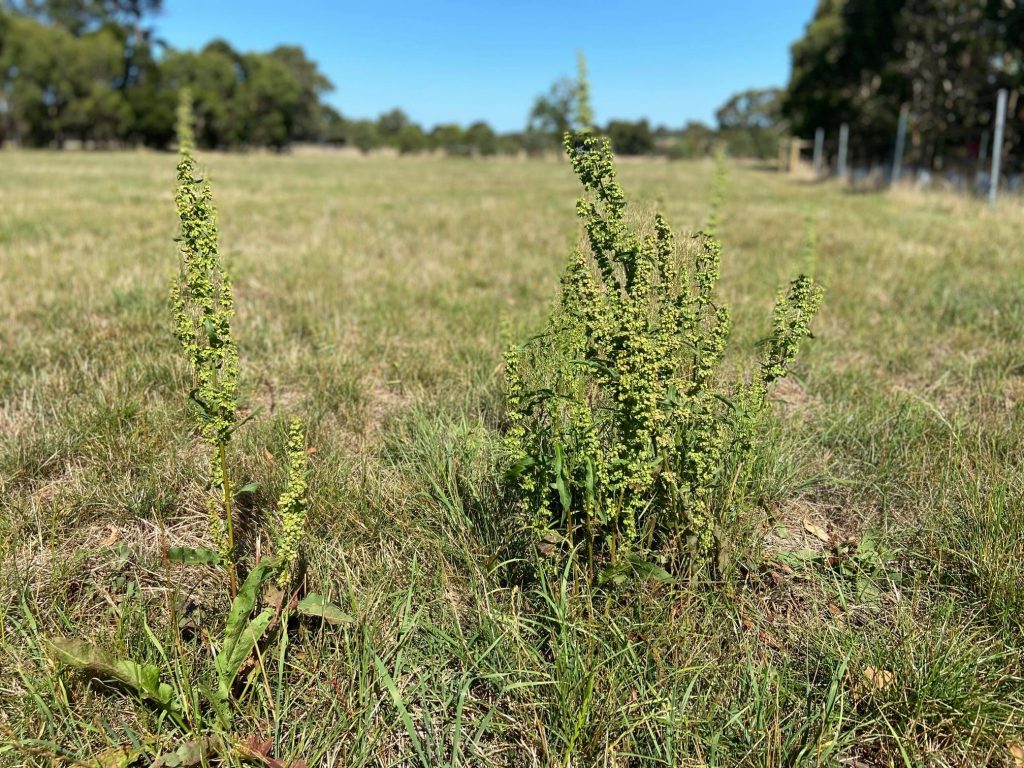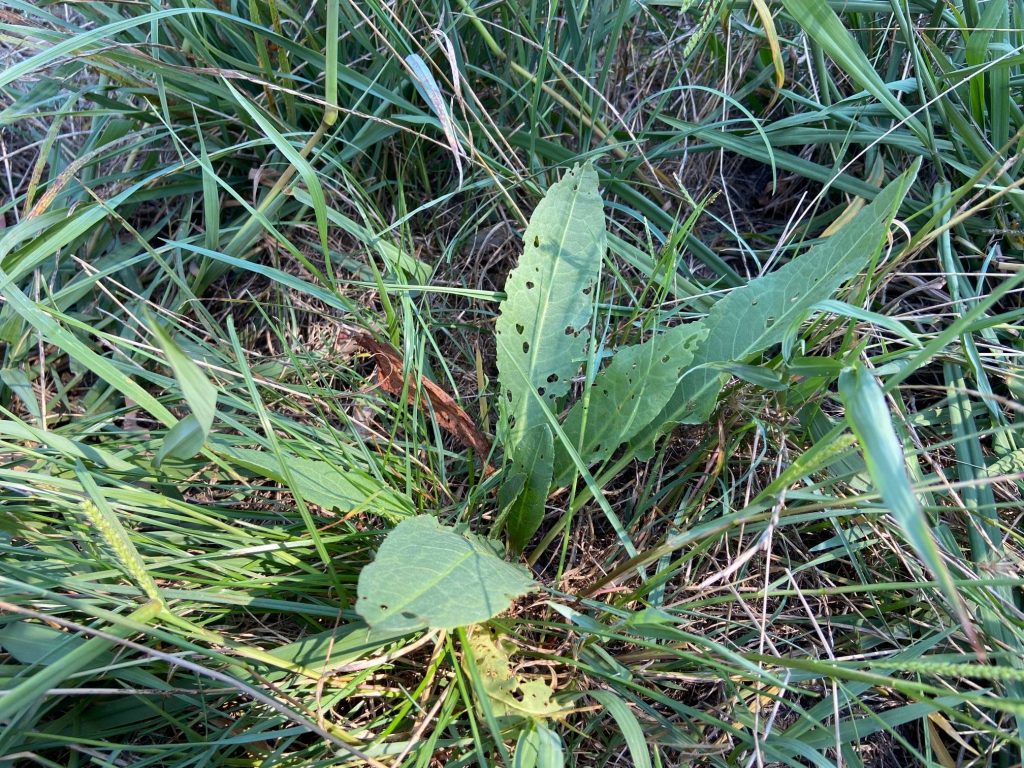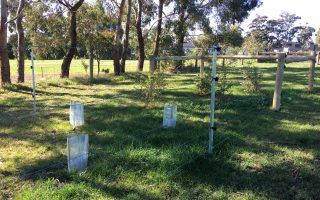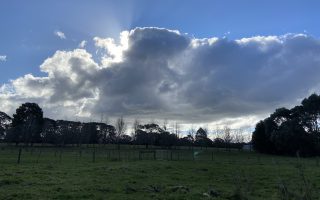Docks are a weed plant that belong to the Rumex species.
There are several different types, that are all generally found in waterlogged or poorly drained areas and can build up large stands if left to grow untended, affecting your pasture yield and quality.

Established docks are particularly difficult to remove as they are able to regenerate from parts of the taproot – so whilst you might think you have pulled the entire plant out of the ground, if you leave even a small fragment of taproot, this will be able to grow into another new plant. And if you are unlucky and leave several fragments in the soil, it will make several new plants, not just one.

To help prevent seed set, we remove the seed heads from each plant manually every year. As each plant can produce up to 60,000 seeds, this saves us a lot of trouble in later years! This is especially important as dock seeds can lay dormant for many years in the soil. The seedlings themselves are quite sensitive to competition from surrounding plants, so if your pasture is well maintained with tall growing grasses then your docks population should decrease. Established plants are much harder to remove (as mentioned above) and are far more competitive. They grow broad leaves that shade the area around the base, allowing greater area for new weed plants to establish themselves.

To manage dock populations in your pasture
• Remove seed heads at the base of the stalk and destroy when possible. DO NOT leave your seed heads lying around, as they will just produce more dock plants. We usually collect ours in an old feedbag, then burn them on a bonfire once fire restrictions lift later in Autumn.
• Try to remove plants whilst in the seedling phase of growth as they will not leave an established taproot capable of regrowth.
• Keep your pasture in good condition – Good, dense, high growing grasses will out-compete the seedlings.
• Sheep and goats will eat the leaves of young dock plants, helping to prevent plant growth. This will not help with established plants however.
• If using cultivation techniques, ensure you have removed the WHOLE taproot. Remember, any part of the root left behind will generate an entire new plant.
• If using chemical methods, Machete is good for use on seedlings whilst Rattler is better for mature plants. However you must read all instructions carefully and follow all directions, and understand how these herbicides may affect other pasture species as well as your livestock.




